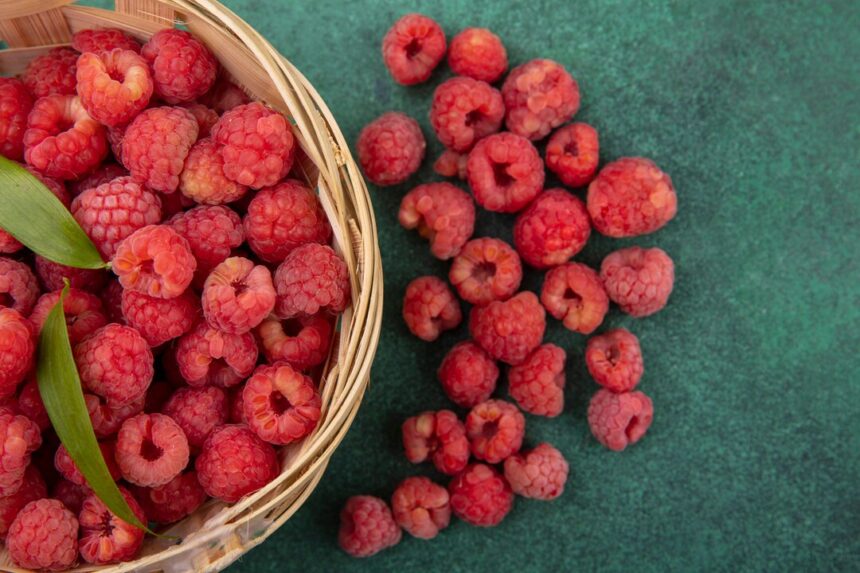Raspberries are prized for their vibrant color, sweet flavor, and nutritional value, making them a popular choice among consumers and growers alike. In South Africa, raspberry cultivation offers immense potential, but ensuring high-quality produce and maximizing yields require careful attention to various factors. From soil preparation and irrigation techniques to pest management and pruning methods, implementing effective strategies can significantly enhance the quality and yield of raspberries. Let’s explore some techniques for cultivating premium raspberries in South Africa:
1. Site Selection and Soil Preparation:
Choosing the right location and preparing the soil properly are fundamental steps in raspberry cultivation. Select a site with well-drained soil, ample sunlight, and protection from strong winds. Conduct soil tests to assess nutrient levels and pH, and amend the soil as needed with organic matter and fertilizers to create optimal growing conditions for raspberries.
2. Variety Selection:
Selecting suitable raspberry varieties adapted to South Africa’s climate and growing conditions is essential for success. Consider factors such as fruit flavor, size, color, and disease resistance when choosing varieties. Popular raspberry cultivars for South Africa include Heritage, Tulameen, Glen Ample, and Chilliwack.
3. Irrigation Management:
Raspberries require consistent moisture throughout the growing season to ensure proper fruit development and yield. Implement drip irrigation systems to deliver water directly to the root zone while minimizing water waste. Monitor soil moisture levels regularly and adjust irrigation schedules based on weather conditions and plant needs.
4. Fertilization and Nutrient Management:
Provide raspberries with balanced nutrition by applying appropriate fertilizers and micronutrients according to soil test recommendations and plant growth stages. Avoid over-fertilization, as excessive nitrogen can promote vegetative growth at the expense of fruit production. Incorporate organic amendments such as compost and manure to improve soil fertility and structure.
5. Pest and Disease Control:
Implement integrated pest management (IPM) practices to control common pests and diseases affecting raspberries, such as aphids, spider mites, raspberry beetles, and powdery mildew. Monitor plants regularly for signs of pest infestations and disease symptoms, and use a combination of cultural, biological, and chemical control methods as needed to minimize damage.
6. Pruning and Training:
Pruning is essential for maintaining raspberry plant vigor, controlling growth, and maximizing fruit production. Prune raspberry canes annually to remove dead or diseased wood, thin out crowded canes, and promote air circulation and sunlight penetration. Train raspberry plants onto trellises or support structures to improve fruit quality and ease of harvesting.
7. Mulching:
Apply organic mulches such as straw, wood chips, or compost around raspberry plants to conserve soil moisture, suppress weeds, and regulate soil temperature. Mulching also helps prevent soil erosion, reduce fruit rot, and improve overall plant health and productivity.
8. Harvesting and Post-Harvest Handling:
Harvest raspberries at the peak of ripeness when fruits are fully colored and easily detach from the plant. Handle raspberries gently to avoid bruising and damage during harvesting and post-harvest handling. Store harvested raspberries in cool, humid conditions to prolong shelf life and maintain fruit quality.
9. Continuous Monitoring and Evaluation:
Regularly monitor raspberry plants for signs of stress, nutrient deficiencies, pests, and diseases throughout the growing season. Keep detailed records of cultural practices, pest and disease observations, and yield data to identify trends and make informed management decisions for future crops.
10. Training and Education:
Stay informed about the latest research, best practices, and innovations in raspberry production by attending workshops, seminars, and training programs offered by agricultural organizations, universities, and extension services. Networking with fellow growers and industry professionals can also provide valuable insights and support for enhancing raspberry quality and yield.
By implementing these techniques and practices, raspberry growers in South Africa can optimize production efficiency, enhance fruit quality, and achieve higher yields, ensuring a successful and sustainable raspberry cultivation venture. Through ongoing experimentation, adaptation, and continuous improvement, the raspberry industry in South Africa can thrive and meet the growing demand for premium-quality raspberries in domestic and international markets.
Join 'Farmers Mag' WhatsApp Channel
Get the latest Farming news and tips delivered straight to your WhatsApp
CLICK HERE TO JOIN






